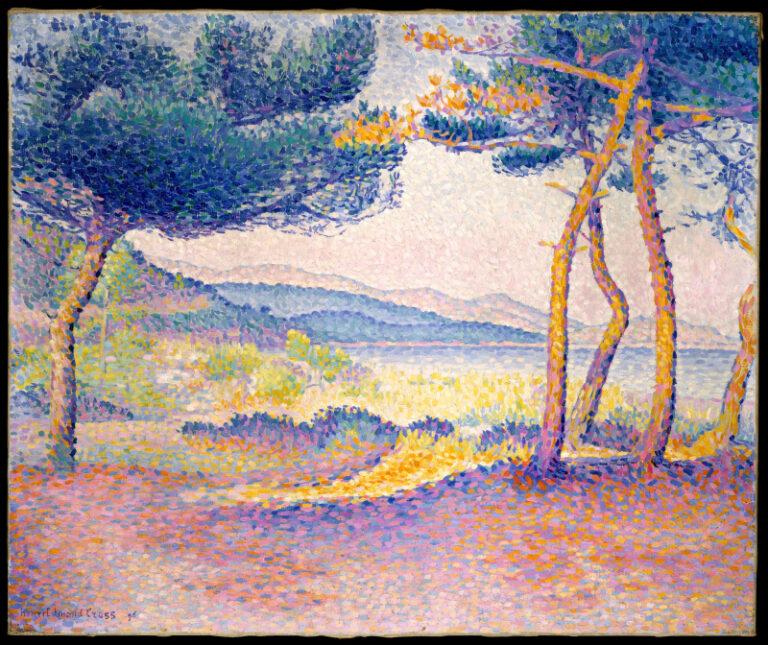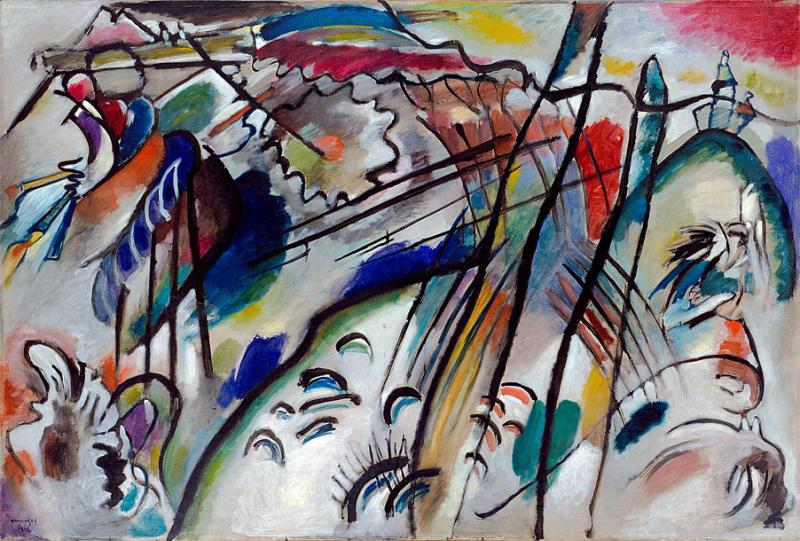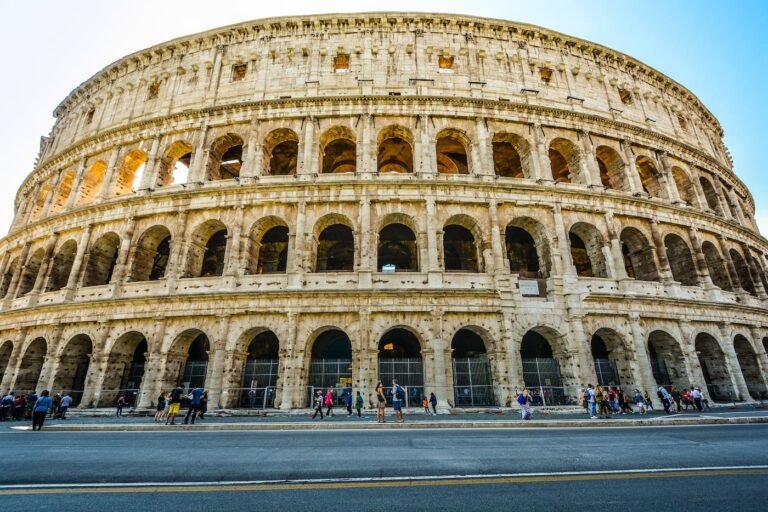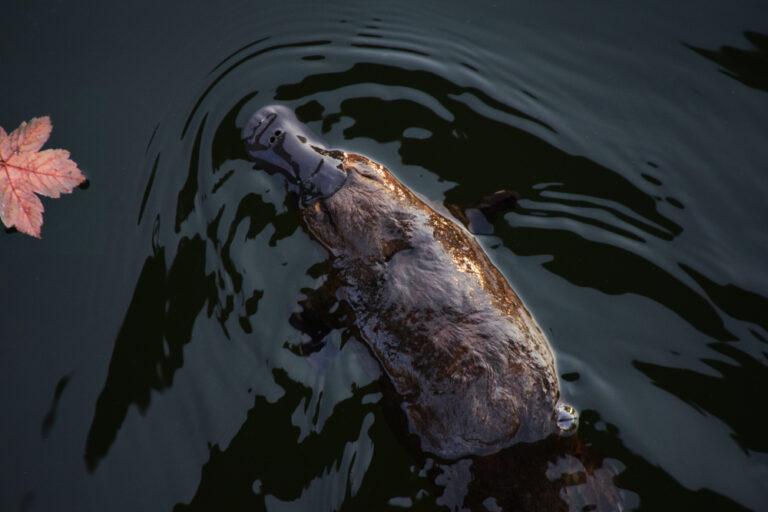Adventure awaits with our list of amazing treasures, with some still waiting to be found. Clue, riddle or behind closed doors, read on and discover the world’s greatest riches. You might just uncover the next great wonder.
Fenn Treasure
It all began in 2010, when multi-millionaire Forest Fenn hid a treasure trove worthy of most pirate stories – filled to the brim with jewellery, artifacts, gemstones, and gold coins valued at a total cost of over $1 million. But Fenn did not bury the treasure for himself, he buried it for a worthy opponent to find.
Crafting a 24-line poem within his aptly titled “The Thrill of the Chase” memoir, Fenn laid out nine clues as to the treasure’s location.
But it wasn’t as glitzy or innocent as he planned, with the search resulting in people dying from falls, hypothermia, and accidental drownings. Despite this, Fenn did not call off the search but did call for more care to be taken, reminding treasure-hunters that, as an 80-year-old man, he would not hide it somewhere he could not reach. Finally, 10 years later in May 2020 a man by the name of Jack Stuef found the treasure. Jack however decided to keep the details of his search a secret, revealing only that it was found in Wyoming, for he wanted to protect the treasure’s surrounding landscape from becoming a tourist attraction.
For Fenn, the discovery brought mixed emotions – knowing his treasure had at last been found and the puzzle solved – only to pass away just a few months later. However, the Treasure of Fenn encouraged people to become explorers, which was one of Forrest Fenn’s wishes.
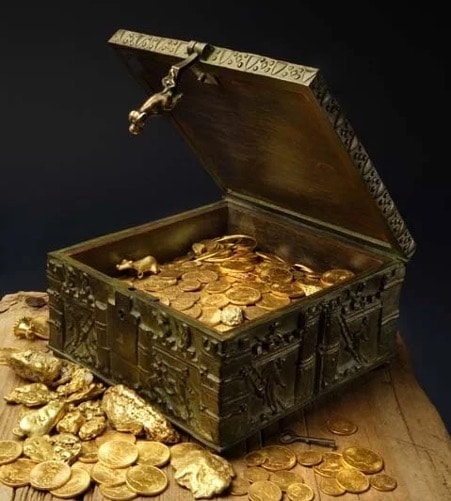
Forrest Fenn’s Treasure Chest. Courtesy of Forrest Fenn
Oak Island
It is said more money has been poured into finding the treasure of Oak Island than the possible cost of its reward – but then again no one really knows what the treasure is.
Meet one of the greatest mysteries in treasure hunting; Oak Island. Situated in Nova Scotia (Canada), its tale began in 1795 when a 16-year-old boy named Daniel McGinnis, who had heard tales of pirates, in particular Captain Kidd, rode out to the nearby Oak Island. Through his investigation of the island, he came across a patch of freshly dug earth. Intrigued, as anyone would be, he returned the next day with two friends to dig, in the hope of finding secrets and treasure.
A little below the surface of the soil the three friends came across the first signs that treasure awaited – a carefully laid layer of flagstones, while three metres below this was a layer of logs. But they were not to be deterred and after removing these they continued to dig before coming across another layer of logs, again at three metres. But once more they undertook the backbreaking work of removing the logs, before continuing to see what they might find. But at a further three metres (nine metres now in total) they came across a third layer of logs. This clearly had all the hallmarks of a great treasure trove, for why else would anyone go to such lengths?
Tired, exhausted, and frustrated, the boys returned home empty handed, but not without the story of what they had seen. From this came series after series of treasure hunters. But none would get much further – even with the improvement of technology such as diggers – for the pit (soon to be aptly named The Money Pit) had started to fill with water as treasure hunters dug ever deeper and invested ever more money. Meanwhile Daniel McGinnis, the sixteen-year-old boy who had started the hunt, would spend years of his life searching for the treasure – but to no avail.
However, over the years more discoveries have been made that give more information as to what might be on Oak Island:
- Remnants of coconuts, and yet there had been no coconut trees on the island, or within 1250-1500 miles. Was the treasure therefore brought from a warmer climate?
- Links from an old chain along with some bones were found. It is believed these may be signs of slaves who were used to bury the treasure and then killed.
- More bones were found elsewhere, and when tested were revealed to have Middle Eastern and European lineage.
- At ninety feet a granite stone with clear symbolic markings was found. Despite attempts at deciphering the code, the closest has been; “forty feet below two million pounds are buried”
- Potential mining was also found to have occurred on the island, with tools dating from the 14th century.
- A wooden structure was unearthed dating from 1769, which could be part of the whole complex of the treasure pit.
Over time there have been some unusual claims as to what the island might hold, such as Shakespeare’s lost manuscripts, with parchment fragments and leather bindings having been found. Or that Daniel McGinnis actually found the treasure and kept it hidden, with a jewelled brooch discovered close to his home.
In addition, there is also speculation concerning treasure from the Knights Templar with findings that include: a templar coin, a medieval bow, as well as large boulders that form a cross (together with markings loosely of a face and sword on a boulder) hinting at some truth to this rumour. But we might just have to wait to find out.
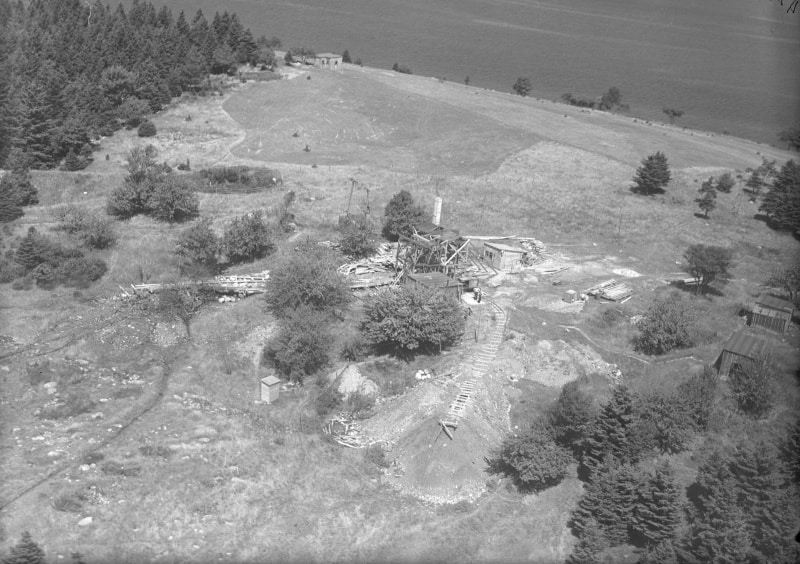 Digging at Oak Island, 1931, Nova Scotia, Canada
Digging at Oak Island, 1931, Nova Scotia, Canada
Nazi Gold Train (Walbrzych)
In 1945 Russian soldiers were gaining traction in pushing Germany out of Poland. Faced with losing the war and having to hastily retreat, it was rumoured that the Nazis loaded a train full of stolen wealth and hid the locomotive in a complex network of tunnels. These tunnels are speculated to be deep within the Owl Mountains, close to the now Polish town of Walbrzych.
As yet nothing has come of the rumours, although Walbrzych has certainly benefitted, with the town having seen a surge in tourism from eager treasure hunters and story-collectors alike, resulting in millions for the town.
Although there is no proof that the train exists, neither is there any evidence that it does not, and it is not the only rumour of abandoned treasure by the Nazis. There is also Lake Toplitz. This famous lake may contain an estimated value of $5.6 billion’s worth of gold, but it has been a nightmare to search, with its treacherous depths and unclear water resulting in divers having lost their lives.
In 1959, £700 million counterfeit notes, created to destabilise Britain’s economy, were found in the lake so there may be other treasures there as well.
Meanwhile, if the “gold train” really does exist, suggestions as to its contents have varied from weapons, gold, artworks, museum artifacts and even the Amber Room. The Amber Room being exactly what it sounds like, namely an opulent room decorated with ornate amber. Gifted to Tsar Peter the Great in the 18th century, it was stolen by the Nazis in 1941, and has not been seen since. If the train is real, could it contain this long-sought treasure, and perhaps be buried in Lake Toplitz?
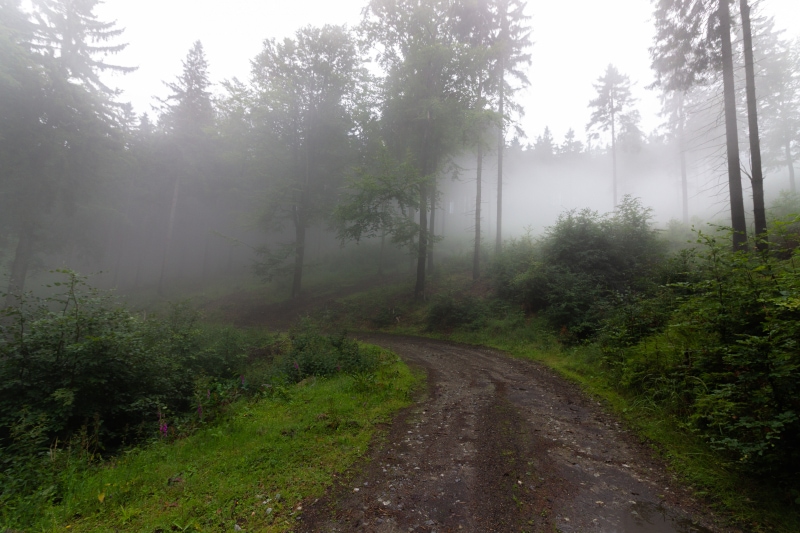 Oak Mountains Park. Image is courtesy of Slawek K from Unsplash
Oak Mountains Park. Image is courtesy of Slawek K from Unsplash
Treasure of Lima – Cocos Island
Cocos Island has enraptured many with its mysterious appeal and captivating tales, becoming the inspiration for Michael Crichton’s Jurassic Park and, in keeping with the local legends of pirates, Robert Louis Stevenson’s Treasure Island.
A UNESCO World Heritage since 1997, the island’s tropical rainforest and outstanding marine life is now protected, providing a safe habitat for many endangered species, whilst also being a perfect place for research into the conservation of species and more. Understandably conservation comes first, meaning the treasure may never be found, with permits given only to those with scientific interests and with only one ever being granted to explore for treasure – but only under strict guarantees of informing Costa Rica of any finds. Many treasures have been rumoured to be hidden on the island amounting to today’s estimate of $1 billion. And the most famous of these treasures is the Treasure of Lima – a treasure that captured the hearts of Errol Flynn and Franklin Roosevelt, while nevertheless remaining illusive. Its value is estimated at an eyewatering £160 million.
But what is the Treasure of Lima? In the early 19th century, the Spanish Empire was trying to conquer and colonise Peru, who bravely fought back. Fearing the loss of any treasures looted from Peru, the Spanish Viceroy hired British Captain William Thompson and his boat the ‘Mary Dear’ to transport the treasures from Peru to Mexico. But this is a pirate story after all, and so Captain Thompson and his crew slaughtered the Spanish guards and priests, and ran off with the treasure, including a life-sized Virgin Mary and Baby Jesus made of gold!! And where else would they hide this newly stolen hoard but on the island of Cocos?
Not long after this, the treacherous captain and his crew were hunted down by the Spanish Army, who allowed only the captain and his first mate to survive provided they revealed where they had hidden the treasure.
Adding to this adventurous tale, Captain Thompson and his first mate escaped when reaching the island, and successfully avoided being caught again. Instead, they hid in the forest’s lush green canopy for close to a year before being picked up by a passing boat.
Although Captain Thompson never returned to the island, it’s believed he shared the treasure’s location with his friend John Keating – who set out to seek the treasure. Some believe Keating discovered its location and left with only a small amount of its total, namely gold coins and jewels. While on his deathbed he shared what the contents of the treasure were: bejewelled daggers and swords, rubies, diamonds, emeralds, other gemstones, gold, relics, ornately decorated fabrics, gold life-sized figurines of the Virgin Mary and Baby Jesus, to name just a few of its riches.
And this is just the Treasure of Lima! Cocos Island is said to hold the treasure of other pirates and their amazing hoards of wealth.
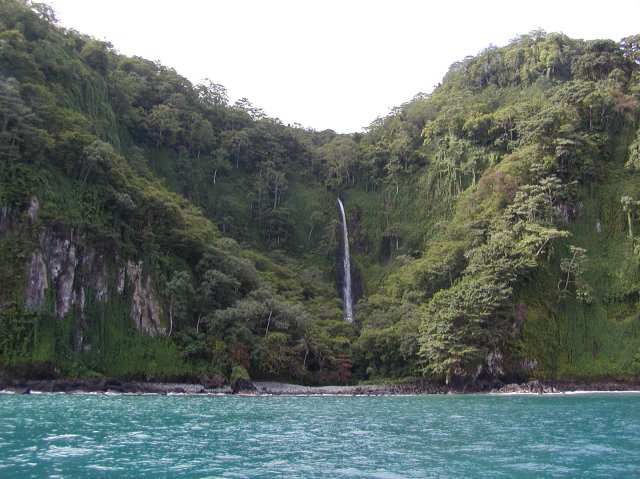 Image is courtesy of J Rawls. CC BY 2.0. Wikimedia
Image is courtesy of J Rawls. CC BY 2.0. Wikimedia
City of Thonis-Heracleion
Although it’s not Atlantis it has similarities to the fabled city, with Thonis-Heracleion having sunk 1,500 years ago. And most amazingly of all – this lost city has been found!
But why did this city sink in the first place? It has been theorised that the Egyptian city of Thonis-Heracleion was built in low-lying water and, with earthquakes and tidal-waves effecting soil erosion, the city had simply fallen into the sea.
Without any clear signs of the city’s existence, many people believed it had simply been another invented story. However, this all changed in 1930 when an RAF pilot reported seeing ruins in the water. Nevertheless, Thonis-Heracleion was not found until 2000, with archaeologists first discovering signs of the city’s once vibrant life, from statues of Egyptian gods, sarcophagi, ceramics, gold coins, and even wicker baskets still filled with fruit.
This was evidently an important port city, as over 70 ships – many Greek in origin – have been found buried nearby, adding to evidence of the city having had a large Greek population, there also being a Greek temple, Greek ceramics, and a large Greek cemetery.
But much of this city is yet to be discovered, with the Smithsonian stating in 2018 that only 5% of the city has been explored. It will be exciting to see what else is uncovered in the future.
Sree Padmanabhaswamy Temple
The exquisite and holy Hindu temple Sree Padmanabhaswamy in Kerala, India, is not only a temple of great religious importance but is also considered to be one of the most beautiful and wealthy temples in the world. It is highly admired for its intricate carvings, gilding, murals, and other artworks. There are, however, also stories of deadly curses, the likes of which have resulted in the oxymoron of a found, yet undiscovered treasure, the only one of its kind in this list.
Within the Sree Padmanabhaswamy Temple are several vaults, holding wealth and mystery. In 2011 five of the vaults were opened. And yet a sixth vault, vault B, remains closed, despite the strong belief of rare objects and artifacts remaining within its chambers. No one has actually seen these riches because no one is brave enough to open the vault and let loose its terrible curse or cobras.
But firstly: why do people think there is so much wealth behind this door? That’s because the other five vaults were found to contain gemstones, gold coins, golden idols, and diamond encrusted necklaces to name just a few treasures. The wealth of these vaults when combined with vault B (yet to be opened) could equal a treasure trove worth one trillion.
Estimated to have been built in the 6th century, Vault B is believed to be the one most closely connected to Sri Padmanabhaswamy, while the temple’s priests, the Travancore Royal Family and Vedic scholars (highly learned individuals who study the original Vedic scriptures that form the basis of Hinduism) believe that opening the sacred vault will end in tragedy. And so no one dares to do so.
This has been further heightened by the mysterious and ill-timed death of the man who led the vault’s discovery, and the story of looters in 1931 who came to be surrounded by terrifying snakes. In fact, to gain access to the vault, it is said you must pass through two chambers, with the final door guarded by supernatural beings. It is also said that another chamber beyond this vault has doors made of solid gold.
The reason for the vault’s curse is due to mantras being placed for protection, and that only a holy person of great importance who recites the Garuda Mantra perfectly can open the vault. We will therefore have to wait to find out what secrets lie within.
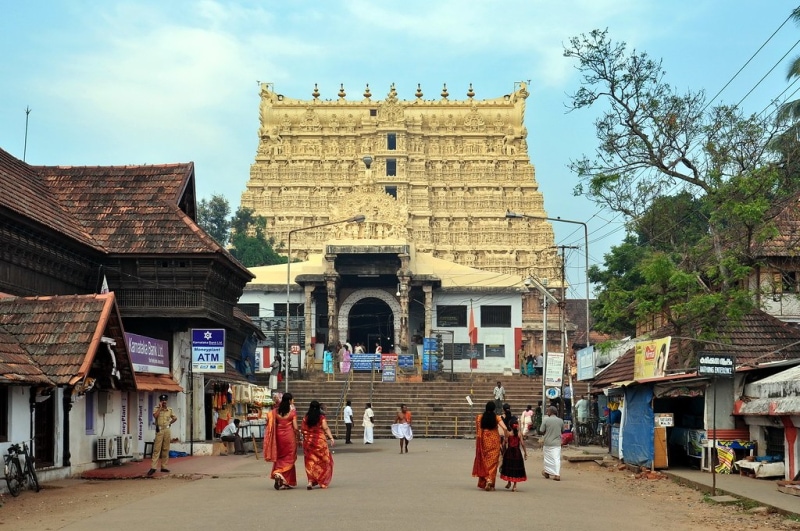 Image is courtesy of Alaison Benny CC BY-SA 4.0. Titled: Sree Padmanabhaswamy Temple Trivandrum, Kerala
Image is courtesy of Alaison Benny CC BY-SA 4.0. Titled: Sree Padmanabhaswamy Temple Trivandrum, Kerala
Qin Shi Huang’s Mausoleum (with terracotta army)
If you love your history, or even stories of treasure, then you will have heard of the Terracotta Army found in 1974, by the base of Lishan Mountain in China. But what many do not know is that this is only the tip of a very large iceberg, Qin Shi Huang’s Mausoleum, with much of it still buried underground and waiting to be found.
Qin Shi Huang, also known as Shi Huangdi, is the first Emperor of Qin – the first unified nation of China, although the unification of these warring states ended just four years after his death in 207 BCE. Qin Shi Huang also created the Great Wall of China, and of course the most impressive and mysterious mausoleum, measuring a staggering 20 square miles, taking 36 years, and a workforce of 700,000 to build – not forgetting underground rivers of mercury that symbolise the rivers Chang Jiang (previously known as Yangtze) and Yellow River, which surround the tomb like a moat.
By pure luck, this mausoleum was discovered by a group of farmers who were digging for a well when they accidentally came across a chamber under the soil, never knowing it would lead to a life-size replication of the emperor’s army; from terracotta soldiers and horses to the remnants of chariots. In total, an astounding eight thousand soldiers are estimated to exist, all with individually crafted faces, and while their painted features have faded, their weapons remain deadly sharp.
Awaiting battle, their intricate armour seeks to protect, while their poised positions are ready to strike, and with the army grouped into formations with archers, infantry, and cavalry, they will protect their emperor at all costs!
And protect it they did, the emperor’s tomb having yet to be excavated, his body lying in rest behind a four-sided pyramid. And while it is rumoured to have an interior fit for an emperor – including a ceiling that resembles the night sky, with pearls shining like stars – we may never see inside the tomb, or at least current generations may not. With the archaeological tools needed for the discovery having yet to be invented, it is essential to protect the integrity of the tomb and its artifacts.
Built for the afterlife, this tomb has not shown the usual depictions of murder and sacrifice found elsewhere in the world, having instead used “statues.” But despite this, the emperor is not the only body lying in the tomb, for there are also his murdered sons, with his oldest having killed some of his brothers in rivalry. Then there are empty tombs, while remains lie in doorways together with gold and pearls. Who exactly do these remains belong to? And what happened? These are just some of the questions waiting to be solved.
Although records existed of Qin Shi Huang and his amazing burial, nothing was ever mentioned of the extraordinary terracotta soldiers. So what other treasures are yet to be discovered? And with recent discoveries, including bronze water birds, and terracotta entertainers such as musicians, acrobats, and strongmen, whatever is within the pyramid with its pearls of constellations, its stories of land he conquered, unified, and replicated for his enjoyment is sure to be astounding!
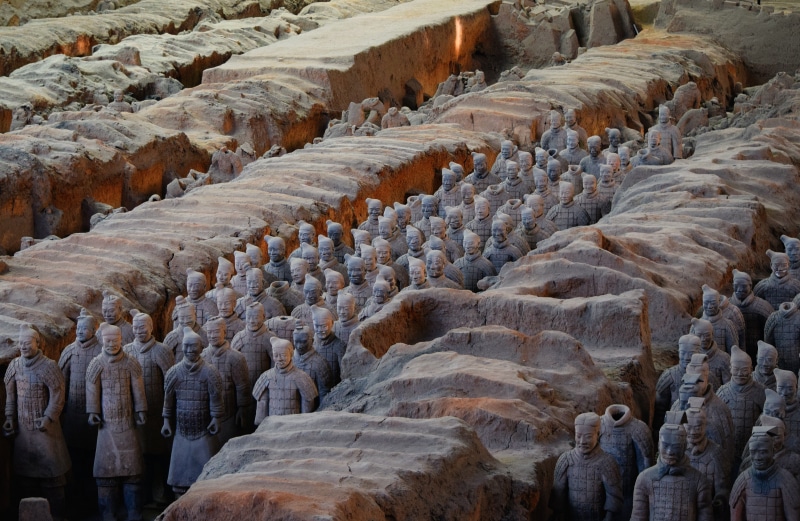 Image is courtesy ofAaron Greenwood from Unsplash
Image is courtesy ofAaron Greenwood from Unsplash
The Dead Sea Scrolls – The Copper Scroll
A copper enigma waiting to be solved, and a linguistic puzzle of unusual spellings; a merge of Hebrew and Greek letters, odd grammar, and an unusual code. All this reveals a treasure map of no less than 64 hiding places filled with treasures. This is the copper scroll found within the Dead Sea Scrolls.
In and of itself, the Dead Sea Scrolls are of literary, historical, and religious importance. Discovered in the mid-1940s in the West Bank of Israel by a boy who simply tossed a stone into a cave, they have since revealed 15,000 written fragments and 800-900 manuscripts written between 300 BC and 68 AD. They also contain the earliest copy of the ten commandments.
Meanwhile, the Copper Scrolls tell of various locations around Israel and Palestine, largely Jerusalem, where great wealth has been hidden. The treasures listed are thought to contain gold and silver. But this has yet to be found.
This has led to some fierce discussion regarding whether the Copper Scrolls, and their list of immense wealth, is true or just a fable. However, the Dead Sea Scrolls were only found in the mid1940s while, for all its leather and papyrus scrolls, there is only one actually chiselled in copper – surely a sign that it tells the truth. This really is a treasure map.
But where did the treasure it tells of come from? It has been speculated that the treasure mentioned in the scrolls came from the Temple of Jerusalem, in particular the second temple, with the scrolls even listing objects linked to the temple, such as consecrated items.
Cut into 23 strips, due to oxidization of the copper, the scrolls can now be viewed at the Jordan Museum in Amman and are waiting for someone to discover the first of its treasures.
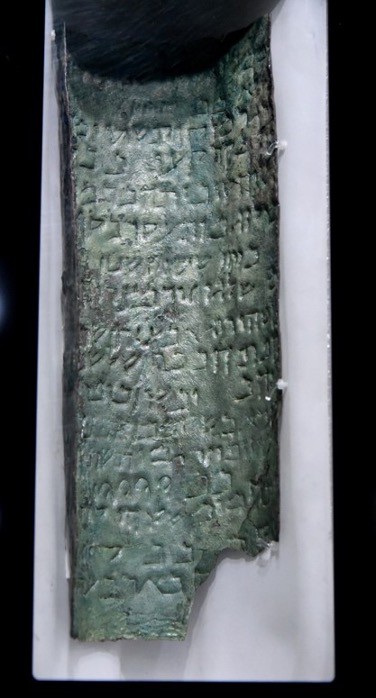 Image is courtesy of https://commons.wikimedia.org/wiki/User:Neuroforever. CC BY-SA 4.0.
Image is courtesy of https://commons.wikimedia.org/wiki/User:Neuroforever. CC BY-SA 4.0.
“Strip of the Copper Scroll from Qumran Cave 3 written in the Hebrew Mishnaic dialect, on display at the Jordan Museum, Amman”
So which treasure has captivated your imagination most of all and spurned you on to discovery? For me it will always be Oak Island, with the description of its booby traps of logs which tell of a great treasure to be found below.



